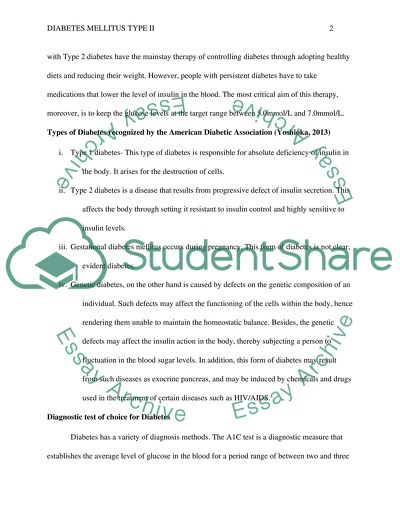Oral hypoglycemic agents in the management of Diabetes Mellitus Coursework. Retrieved from https://studentshare.org/nursing/1701383-oral-hypoglycemic-agents-in-the-management-of-diabetes-mellitus
Oral Hypoglycemic Agents in the Management of Diabetes Mellitus Coursework. https://studentshare.org/nursing/1701383-oral-hypoglycemic-agents-in-the-management-of-diabetes-mellitus.


